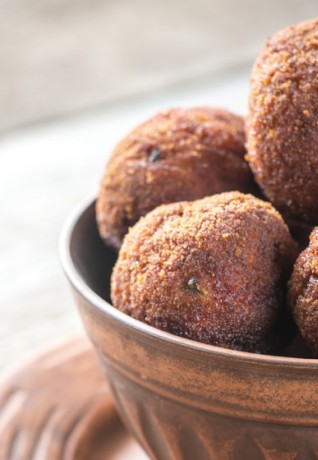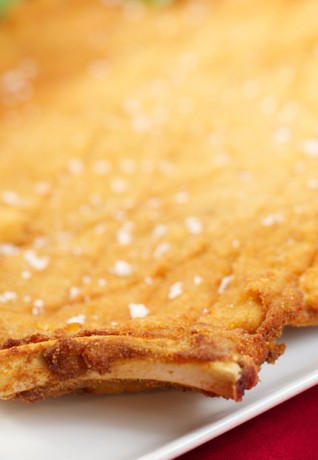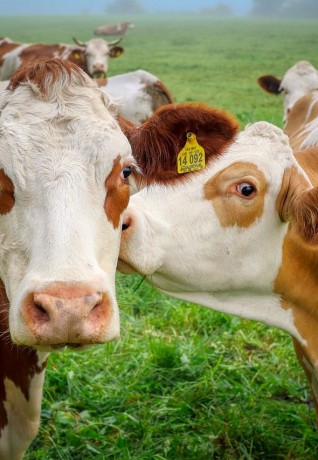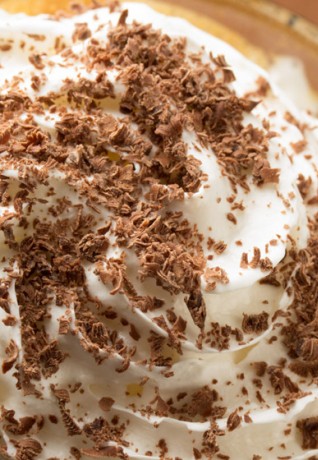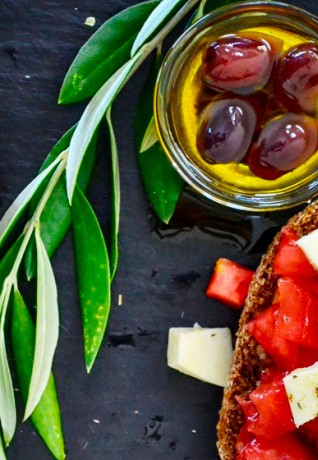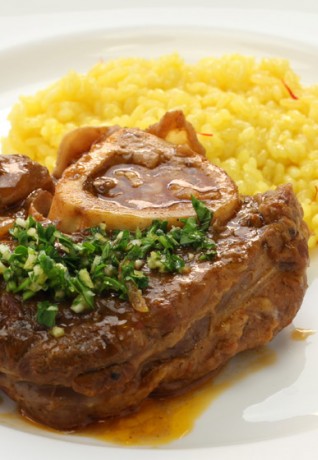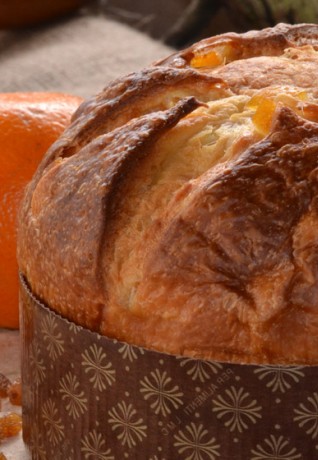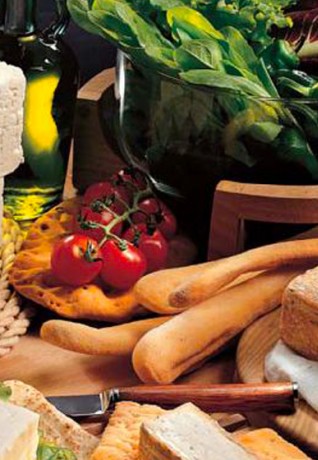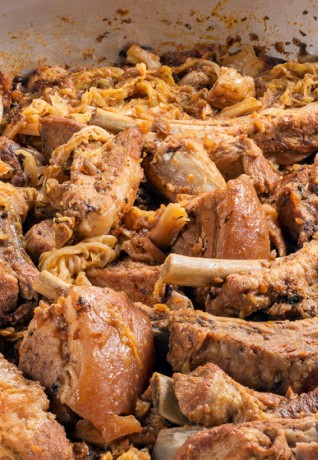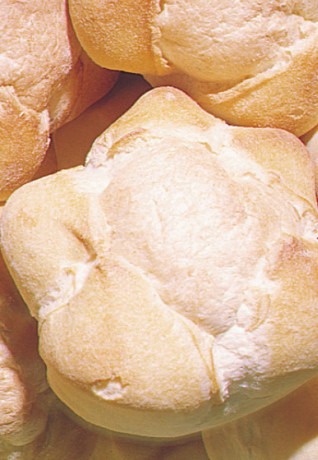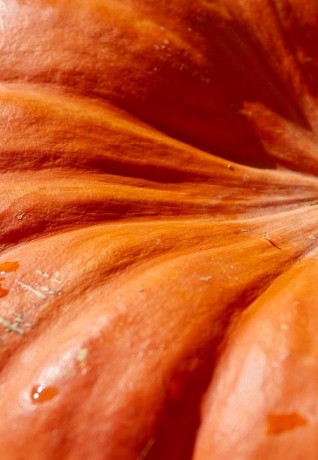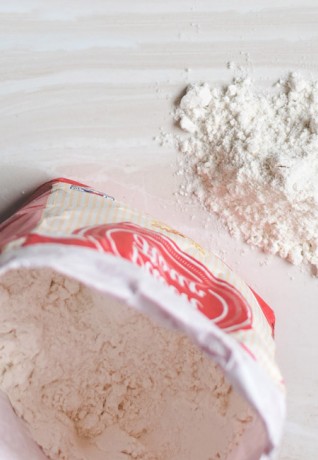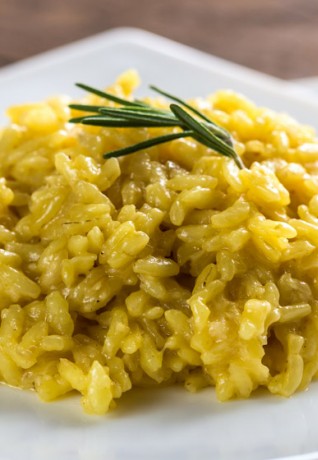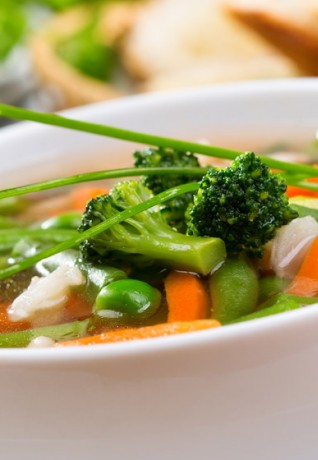The traditional dishes of Milano
History and recipes to taste the Milanese life
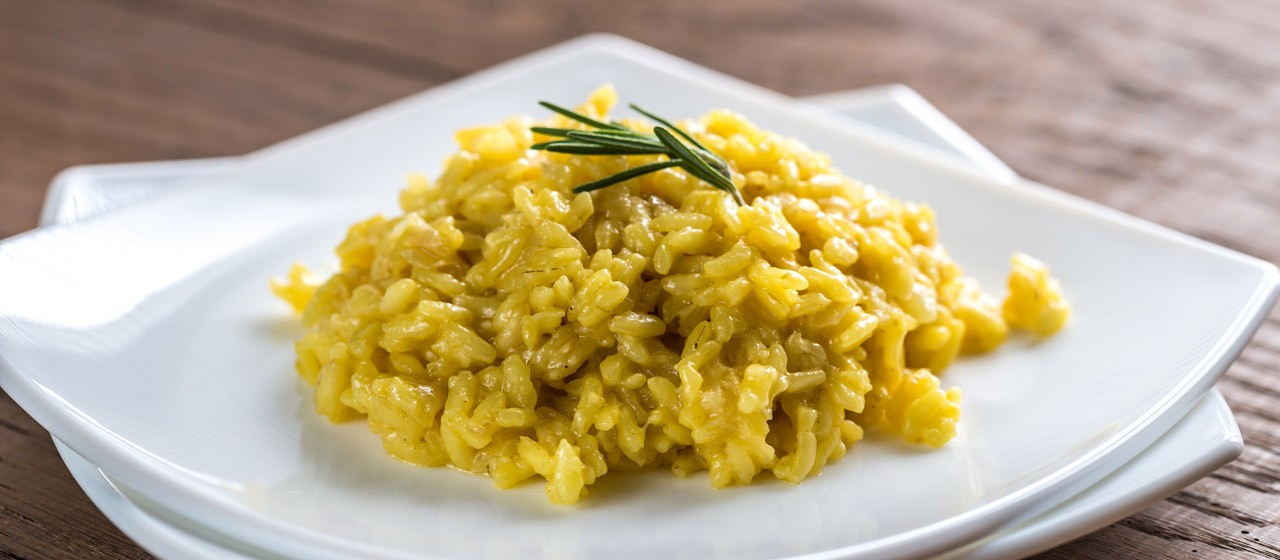
A mere tasting of a traditional Milanese dish and you will find yourself in Milano, with its thoughts, moods, character. And with the Milanese, ready to pass on philosophy and culture through their food.
Some aspects of the city’s traditional cuisine, identified with certain flavours and colours even, have not only resisted the assaults of fashion and the trends of the moment, but have come through even stronger to the present.
The famed Risotto alla Milanese, divine and incomparable, with its splendid and inimitable yellow hue, is delicate, sophisticated and indeed deep and intense in taste, as though revealing its own very characteristic Milanese nature.
Then come the dishes that warm you up, “survival” dishes, originally intended for those who needed to stay out in the cold, or work intensely, and had to burn vast amounts of calories. These are cassoeula, a casserole with meat and vegetables, ossobuco, and even minestrone, vegetable-rich and intense in flavour.
You can find the traditional dishes and the recipes to cook them at home here.
Also known as cotoletta (cutlet), from the French côtelette, this is one of Milano’s oldest traditional dishes. It is mentioned in a document from the year 1148, preserved in the Sant’Ambrogio Basilica.
The secret of this traditional Milanese dish resides in the simplicity of its ingredients that come together to create a refined and velvety flavour. Saffron is the ingredient that gives this delicacy its precious hue.
Thirty centimetres high and typically dome-shaped, the quintessential Milanese cake has been a Christmas table must since the 15th century thanks to its softness and spectacular look. In the past, it was a Milanese well-kept secret, while it can now be found all over the world.
Ossobuco (marrowbone) is a typical Milanese delicacy, and is often served on a bed of golden Risotto alla Milanese. Its name comes from ossbus, which means a bone with a hole in the local dialect and refers to the specific cut of veal: a slice of shin in which the bone is surrounded by tender meat.
Cassöeula is an elaborate pork and cabbage high-calorie dish that is a staple of traditional Milanese cuisine. Its strong, decisive flavour makes it a real winter warmer of a dish.
Empty or stuffed, sweet or salty, the michetta has the unmistakable taste of genuineness and tradition. It is a typical, half-empty puffy roll with a rose-like shape.
An original recipe for Minestrone alla milanese does not really exist. In the past, when vegetables were rigorously seasonal, ingredients varied depending on the time of the year. Hot winter minestrone is therefore cooked with different ingredients from those used for cold or lukewarm minestrone in summer.
Mondeghili, known as polpette or meatballs outside of Milano, were described as “a kind of polpette made with ground beef, bread, eggs and similar ingredients” by Francesco Cherbini in his Milanese-Italian Dictionary (1839).
A drink with an intriguing, mysterious name, the barbajada is quite simply named after its inventor, Neapolitan Domenico Barbaja.
The drink was invented in the Café Cambiasi, once located next to the La Scala Theatre (it was also called Caffè del Teatro or Theatre Café), which was the meeting place for singers, musicians and theatre-goers. The inventor, Barbaja, was a waiter in the café.
Arrostino annegato (literally “drowned roast”) is the Italian translation of the name of this dish. It refers to a veal cutlet that includes both fillet and sirloin still attached to the bone.
A traditional Autumn dessert based on dried chestnuts: simple and homemade but, as far as deliciousness goes, it can hold its own against the more elaborate recipes!
A typical dish of the Lombard tradition is Milanese pumpkin soup with pasta.
Like many typical dishes, this recipe has peasant origins. Few simple ingredients for a dish that satisfies the tastebuds of all ages.

 Log in
Log in

